Citroën Dyane Classic Cars for Sale
The Citroën Dyane, produced from 1967 to 1983, stands out with its practical hatchback design, robust two-cylinder engine, and unmistakable minimalist style. Known for its outstanding everyday usability, low running costs, and cheerful character, the Dyane remains a staple in the classic car scene—especially for enthusiasts who appreciate engineering simplicity paired with French charm.
Search results
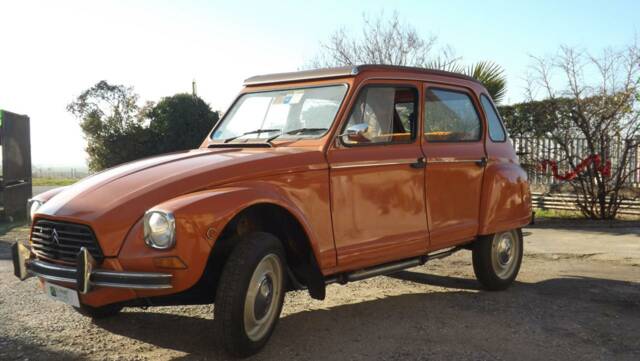
Citroën Dyane listing references from Classic Trader
Below you will find listings related to your search that are no longer available on Classic Trader. Use this information to gain insight into availability, value trends, and current pricing for a "Citroën Dyane" to make a more informed purchasing decision.
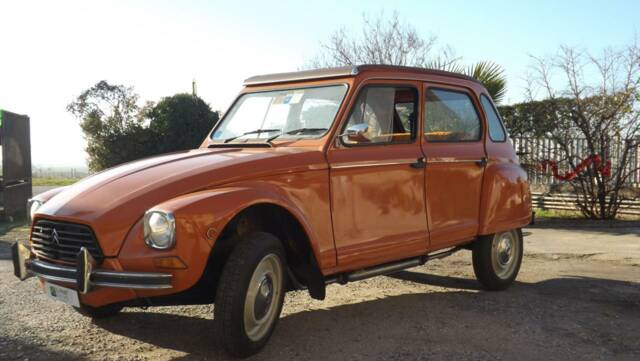
1982 | Citroën Dyane
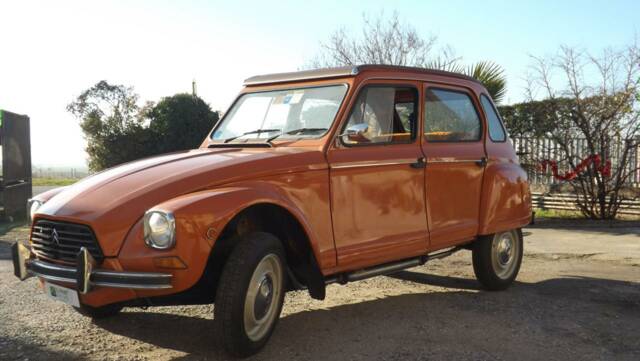
1982 | Citroën Dyane 6
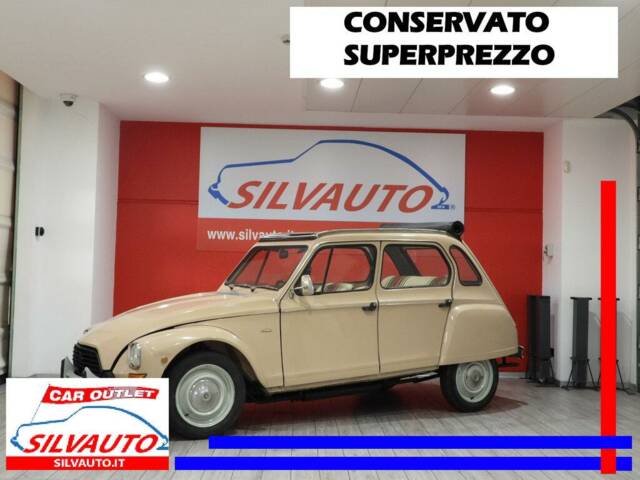
1984 | Citroën Dyane 6
CITROEN DYANE 6 (1984) SUPERPREZZO – SICURA RIVALUTAZIONE
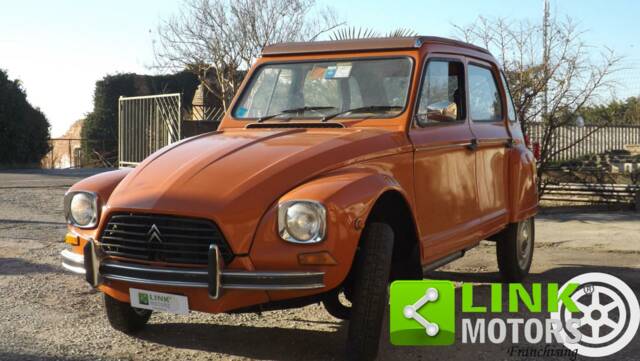
1982 | Citroën Dyane 6
CITROEN Dyane 6 funzionante e ben tenuta
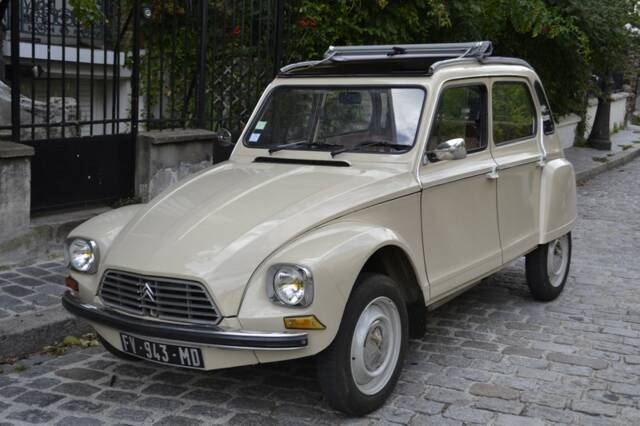
1975 | Citroën Dyane 6
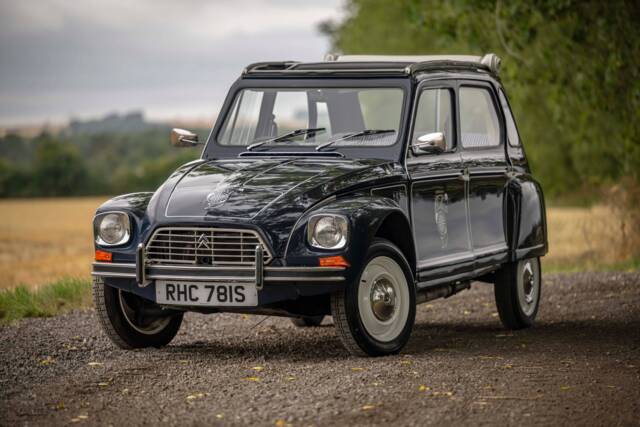
1977 | Citroën Dyane 6
Exceptionally rare Caban - Beautifully Restored
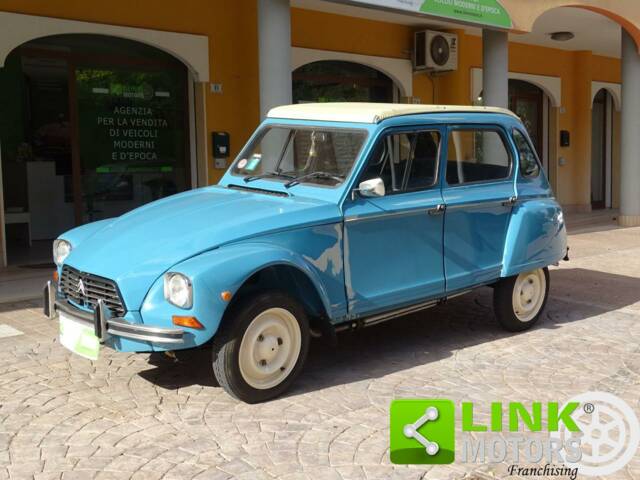
1982 | Citroën Dyane 6
CITROEN Dyane DYANE 6
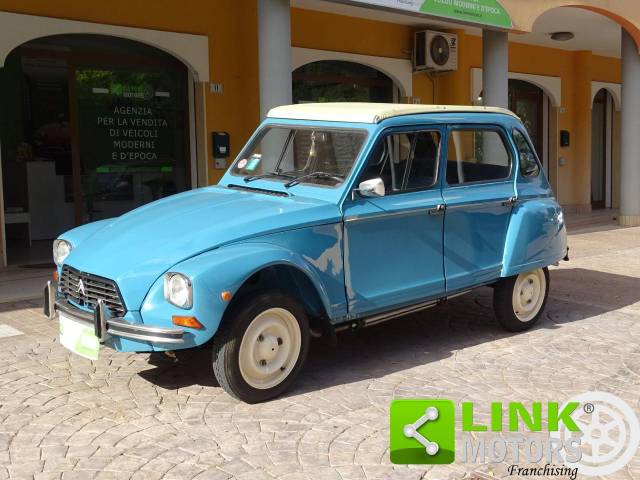
1982 | Citroën Dyane 6
CITROEN Dyane DYANE 6

1982 | Citroën Dyane 6
CITROEN Dyane DYANE 6
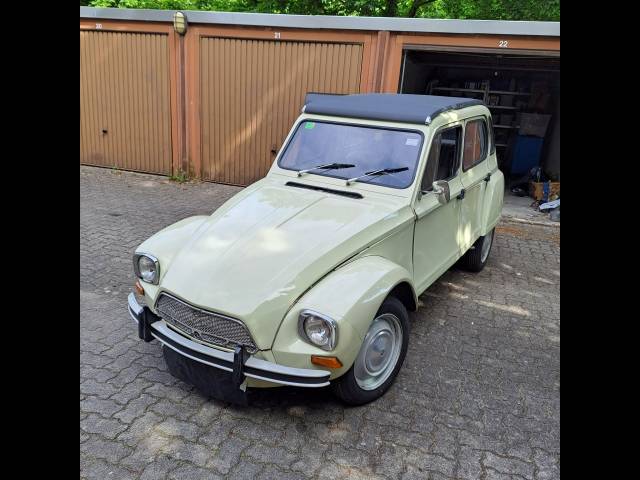
1974 | Citroën Dyane 6
Citroen Dyane 6b mit H-Zulassung
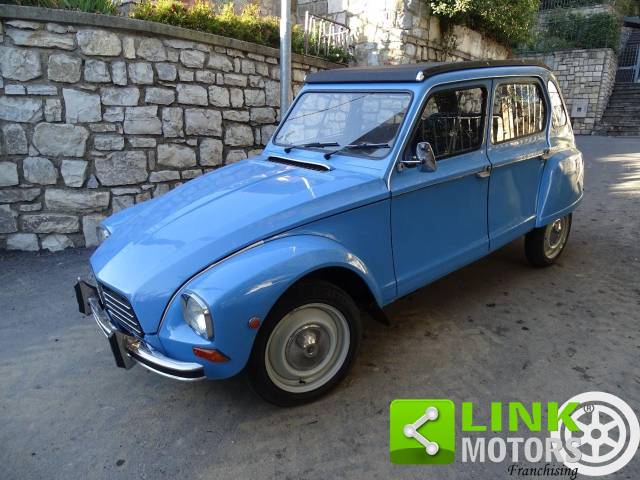
1977 | Citroën Dyane 6
CITROEN Dyane 6 32CV - Restaurata
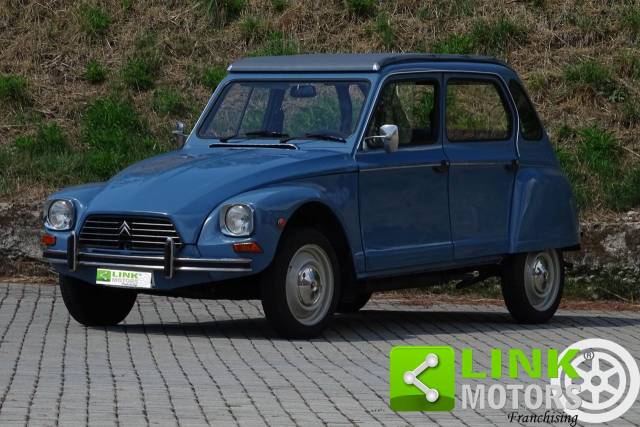
1980 | Citroën Dyane 6
CITROEN Dyane Dyane 6

1973 | Citroën Dyane 6
CITROEN Dyane 6 CONSERVATO
History of the Citroën Dyane
Citroën introduced the Dyane in 1967 to fill the gap between the iconic 2CV and the larger Ami 6. The model was developed in response to growing competition, particularly following the launch of the Renault 4. While the Dyane borrowed heavily from the 2CV’s proven mechanics, it introduced a modernised body, most notably a practical large hatchback, which differentiated it visually and functionally. The initial engineering, undertaken by Panhard (which Citroën had acquired), provided the Dyane with new, angular edges and updated features while retaining most of the 2CV’s technical DNA, including the air-cooled two-cylinder boxer engine. Over approximately 1.4 million units were made, with production ceasing in 1983 without a direct replacement.
Model History and Evolution
Initially launched with the 425cc motor from the 2CV, the Dyane’s engine line-up quickly expanded. By 1968, the Dyane 6 had received the 602cc engine from the Citroën Ami, raising output and offering improved performance. Key model variants included the Dyane 4 and Dyane 6, with the latter providing up to 32 PS in its final years. While intended as a middle ground, the Dyane developed a unique position for itself, combining proven Citroën engineering with new design cues and increased versatility thanks to its hatchback. Though based on the 2CV, it was not considered a direct successor, serving instead as a modernised alternative with slightly more power and comfort. The model was also produced under licence in Iran until 1980.
Highlights and Special Features
The Dyane’s hallmark features include its fully opening fabric sunroof, extremely minimalist interior, and lightweight construction which ensured a lively, communicative driving experience. Its robust air-cooled engine, paired with the famously forgiving suspension, made it particularly attractive for rural use and everyday driving. The Dyane shared many parts with the 2CV, ensuring easy availability of spares and straightforward servicing. Optional extras such as a folding rear bench and luggage rack added to its practicality.
Technical Data
Special Editions and Collectible Models
At launch, there were three trims: AYA, AYA2, and AYA3, each closely related in equipment and motorisation to the 2CV. In 1969, Citroën transitioned to the Dyane 4 nameplate, and later, the Dyane 6 emerged, marking the top end of the series with the most powerful engine. Special market versions such as the Acadiane (van) variant and country-specific editions also exist, often recognised by unique paint colours like Myosotis Blue (AC 645) and equipment options including rear folding seats and roof racks.
Weak Spots and Common Issues
Corrosion is the principal concern with the Dyane, particularly in the platform chassis and bodywork seams. The simple mechanics are extremely robust, but items such as suspension arms and brake systems should be checked for wear, especially on long-unused cars. The minimalist interior, while upgradable, can show wear, and sound deadening is limited. Most parts remain available thanks to high interchangeability with the 2CV and active enthusiast networks. Regular maintenance is straightforward, with low ongoing costs.
Engine and Performance, Transmission and Handling
The Dyane’s air-cooled flat-twin is renowned for modest fuel consumption and distinct, lively sound. Lightweight construction delivers engaging feedback, especially noticeable on rural roads. Later Dyane 6 models provide up to 32 PS, enabling leisurely highway speeds near 120 km/h. Manual gearboxes are positive and easy to maintain, while the suspension ensures a uniquely comfortable and forgiving ride—often described as quintessentially French for its smooth bump absorption. The handling is straightforward, agile at low speeds, and predictable when pushed. Early Dyane 4 units with smaller engines are best for urban or scenic driving, while the Dyane 6 is suitable for wider usage. Optional Trafficlutch simplifies urban manoeuvring for those who prefer it. • Dyane 4 (435cc, 18–24 PS): Suited for town and country lanes. • Dyane 6 (602cc, 28–32 PS): Improved performance, versatility for longer trips. • Acadiane: Van variant popular among collectors seeking utility and period charm.
Interior, Comfort, Exterior and Design
The Dyane’s bodywork stands out for its higher roofline, straight panels, and integrated headlights. Typical features are slender proportions, round lamps, and uncomplicated steel wheels. Its signature sliding fabric roof, a mainstay across the series, enables open-air driving and easy cargo access. Interior appointments are minimalist: vinyl seats, basic gauges, little sound insulation, and a focus on practicality over luxury dominate. The Dyane was delivered in a range of pastel shades, with period-correct Myosotis Blue highly regarded today. Optional extras included a folding rear bench, original roof racks, and extended boot space kits. Accessories from contemporary Citroën lines—such as bumper upgrades, luggage solutions, and special trims—fit easily. Access to the engine and electrics is straightforward, making maintenance and modifications approachable for enthusiasts.
Further Details
Dyanes were released in various local-spec versions throughout Europe—including country-specific trim adaptations and paperwork. As a result, vehicles may come with different documentation depending on their origin: French, Spanish, Dutch, and Italian papers are common. The Dyane regularly appears at classic car gatherings, in films, and at specialist events. owing to its status as a practical classic, many Dyanes are in the hands of long-time enthusiasts and often benefit from a well-documented history or known restoration background.
Summary
The Citroën Dyane continues to appeal with its blend of reliability, usability, and straightforward engineering—qualities now highly valued among classic car collectors. With a wide supply and strong demand for the main Dyane variants, ongoing parts support, and a dedicated enthusiast community, the Dyane represents a practical and thoroughly enjoyable entry into the world of French classics.
